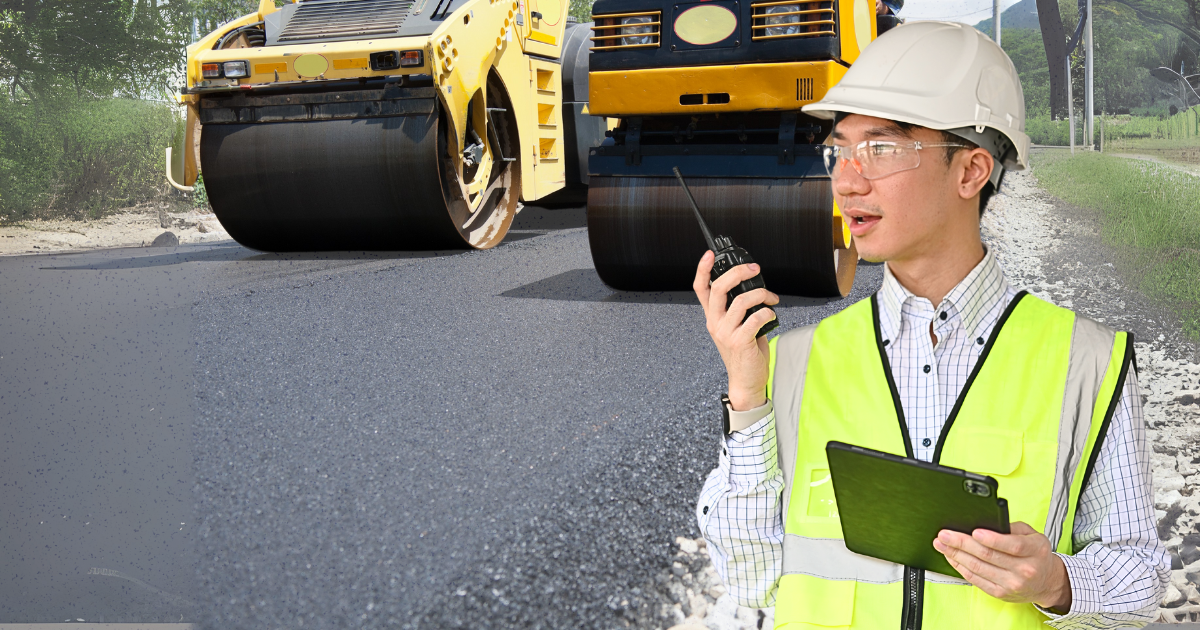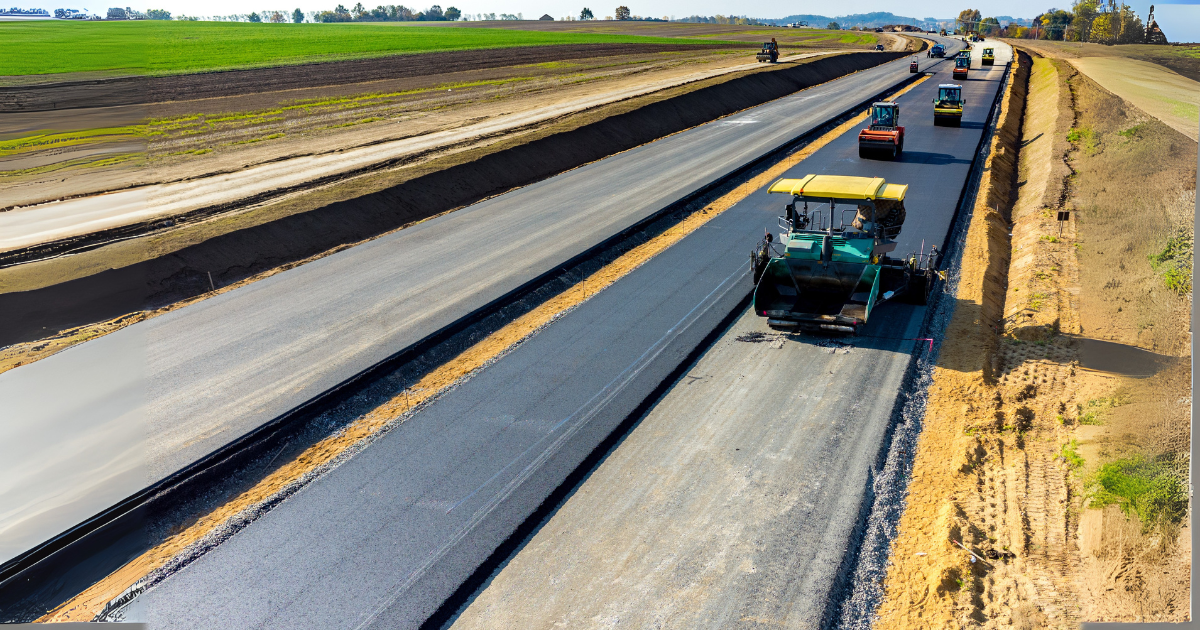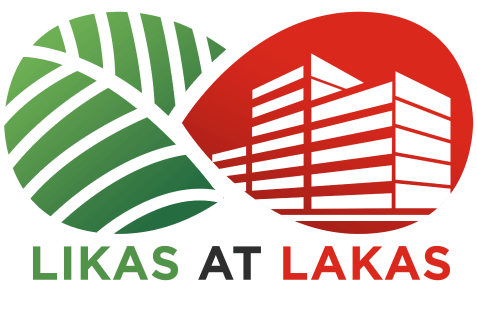Roads connect everything: neighborhood markets, local schools, the nearest hospitals, and, of course, homes. Every delivery truck traveling between provinces or a commuter heading to the city wants smooth and durable roads to make daily life more efficient. But behind every highway or barangay road is a crucial choice that shapes how well that surface performs: What is the best material? Should one choose asphalt or concrete?
These two materials may look alike to the layman, but they behave very differently. Each one comes with its strengths in terms of cost, durability, and response to the Philippine climate. For local governments, contractors, and planners, choosing the right one affects more than just construction timelines. It influences long-term maintenance, public safety, and the total value of every peso spent.
In this article, we will compare asphalt and concrete through the lens of cost-effectiveness, weather performance, and sustainability, helping decision-makers find the right fit for Philippine roads.

Climate Durability: Matching Local Conditions
The Philippine climate is both hot and wet. Roads must handle intense heat, strong storms, and occasional flooding. In this context, how do asphalt and concrete compare?
Asphalt is flexible, which helps with slight ground shifts. But in extreme heat, it softens and may deform. Heavy rains also increase the risk of potholes and surface wear.
Concrete performs well under high temperatures. It is more rigid and resistant to heat damage. While it can crack under poor drainage or extreme pressure, its overall durability in tropical conditions often outlasts asphalt when designed correctly.
Matching the road material to local climate patterns ensures a longer service life and fewer disruptions.
Upfront Costs: Budget Realities
Asphalt generally has a lower initial cost. It is faster to apply and can be used sooner after installation. These qualities make it ideal for quick repairs or budget-sensitive projects.
Concrete, on the other hand, requires a bigger investment. It also takes more time to cure before opening to traffic. However, its cost can be justified depending on long-term goals.
With ₱140.86 billion allocated to the Department of Public Works and Highways’ 2025 Network Development Program, every peso must be used wisely. Cost efficiency starts with material choice.
Long-Term Maintenance and Value
| Material | Upfront Cost | Maintenance Frequency | Repair Disruption | Expected Lifespan |
| Asphalt | Lower | More frequent (every few years) | Less disruptive, quick fixes | Around 15 years before upkeep is needed |
| Concrete | Higher | Less frequent | More complex when needed | Longer (avg. 27 years before repairs are necessary) |
While asphalt is cheaper at the start, it requires more regular upkeep. Concrete costs more initially, but its durability means fewer interventions over time. The real value comes from balancing cost, maintenance, and longevity.
Weighing the Better Option
There is no one-size-fits-all solution when it comes to road construction for the Philippine climate. For highways or areas with constant traffic and high heat, concrete may offer better long-term value. In less trafficked or rural areas, asphalt might be the more practical choice since it has a lower upfront cost, and repairs can be cheaper.
Decisions should consider traffic volume, climate stress, and available budget. An ideal strategy is to use both materials and just match them to the area where they perform best.

Making the Right Road Investment
Whether choosing asphalt or concrete, the goal is the same: long-lasting, cost-efficient, and safe roads. In a country with a significant infrastructure budget and diverse climate zones, careful material planning matters.
Choosing the right road type improves long-term spending efficiency, reduces disruptions, and supports the mobility of millions. Roads may look the same on the surface, but the right foundation makes all the difference.
References
Daswell. (2022, December 19). Asphalt Road VS Concrete Road: Pros And Cons. Daswell. Retrieved June 24, 2025, from https://daswell.com/blogs/asphalt-road-vs-concrete-road-pros-and-cons/
Engineering.com. (2010, May 7). How many years is the average life time of standard asphalt pavements?Does it contain partial rehabilitation? Engineering.com. Retrieved June 24, 2025, from https://www.engineering.com/how-many-years-is-the-average-life-time-of-standard-asphalt-pavementsdoes-it-contain-partial-rehabilitation/
HomeGuide. (2025, May 30). Asphalt Driveway Cost vs. Concrete (2025 Prices & Differences). HomeGuide. Retrieved June 24, 2025, from https://homeguide.com/costs/asphalt-driveway-cost-vs-concrete
KoneCarbide. (2022, October 5). Asphalt vs Concrete Roads: Learn About the Difference. KoneCarbide. Retrieved June 24, 2025, from https://konecarbide.com/asphalt-vs-concrete-roads-learn-about-the-difference/
Michigan Concrete Association. (2020, May 15). Concrete vs. Asphalt: How Long Does Each Last. Michigan Concrete Association. Retrieved June 24, 2025, from https://info.miconcrete.org/blog/concrete-vs-asphalt-how-long-each-lasts
Morales, C. (n.d.). The Effects Of Weather On Concrete Vs Asphalt. American Paving. Retrieved June 24, 2025, from https://www.americanpavingtx.com/the-effects-of-weather-on-concrete-vs-asphalt/










